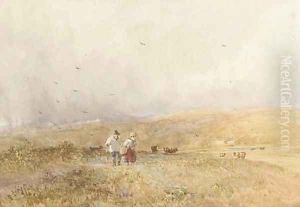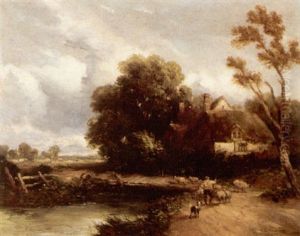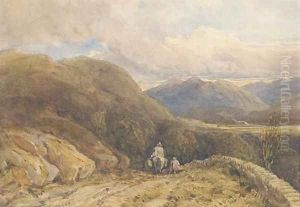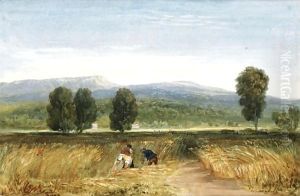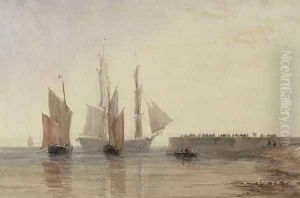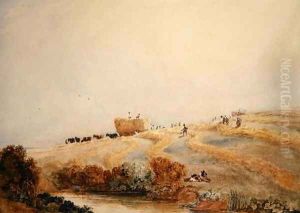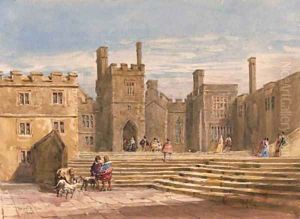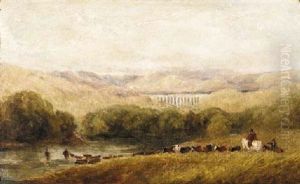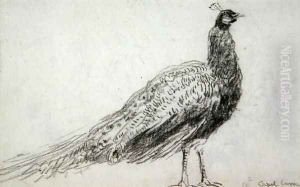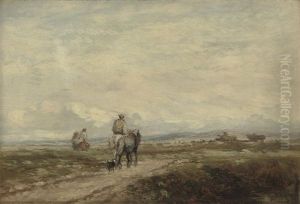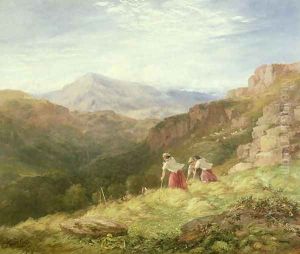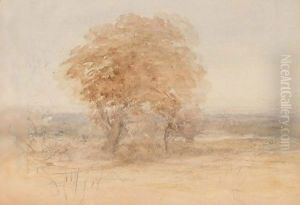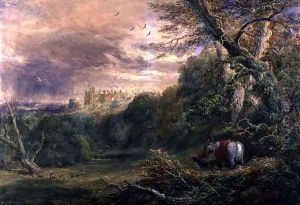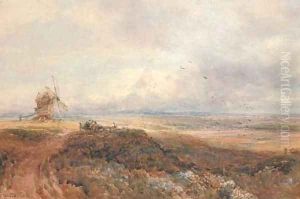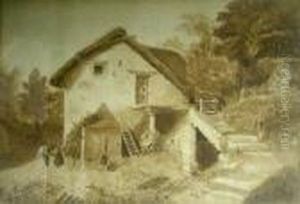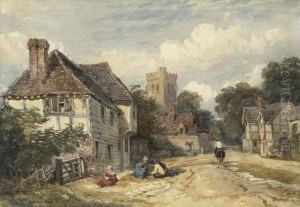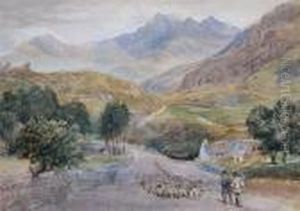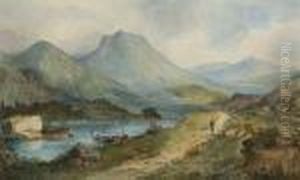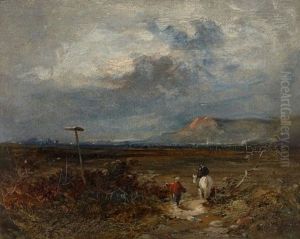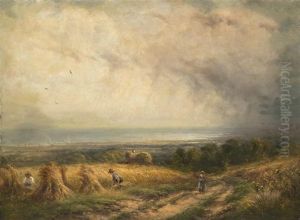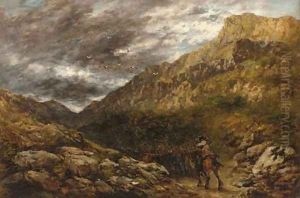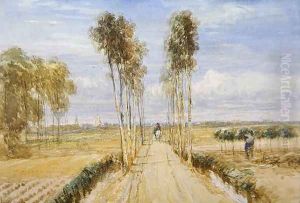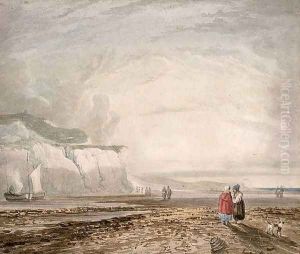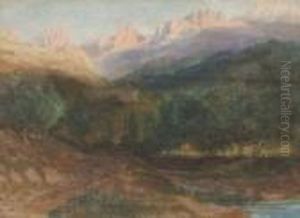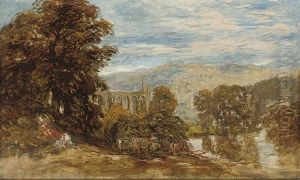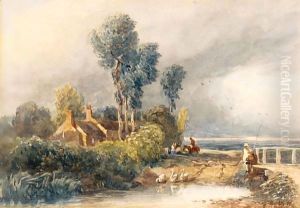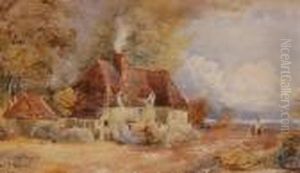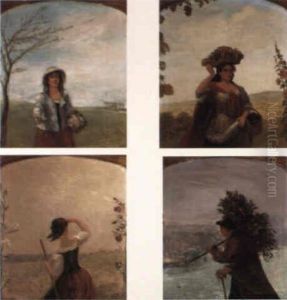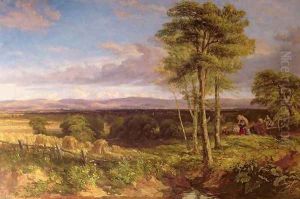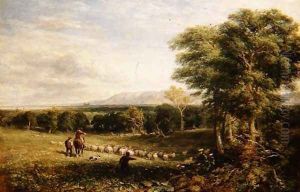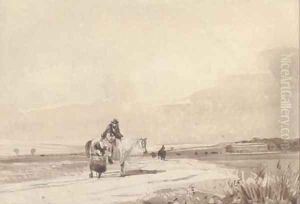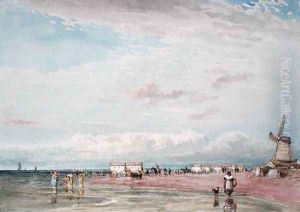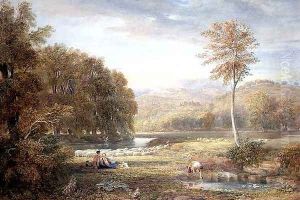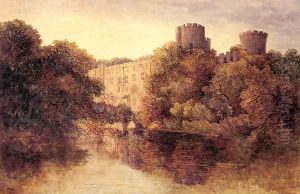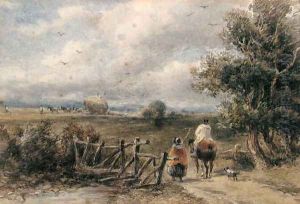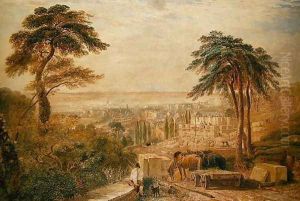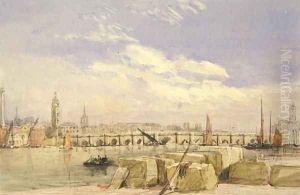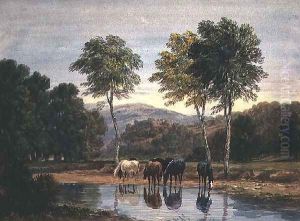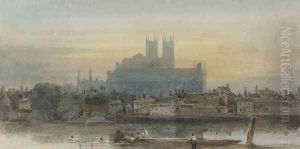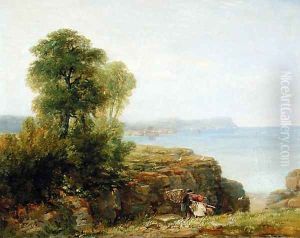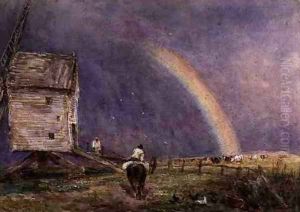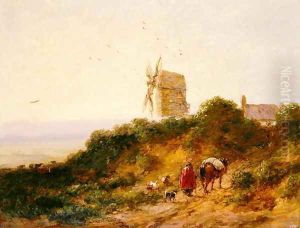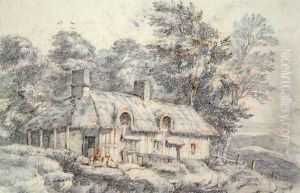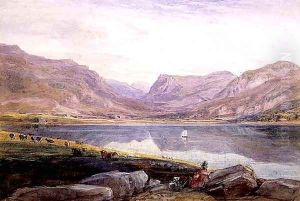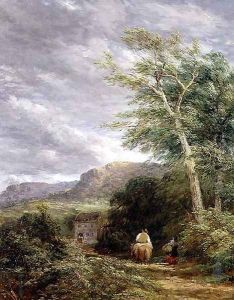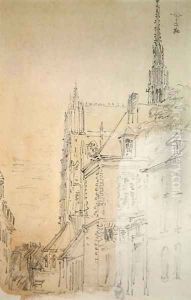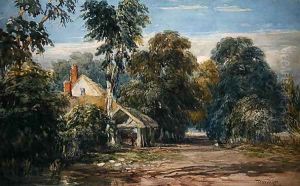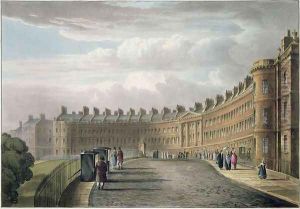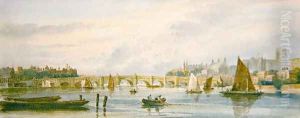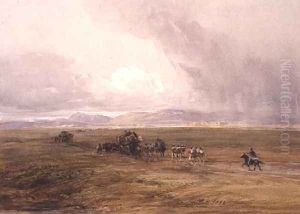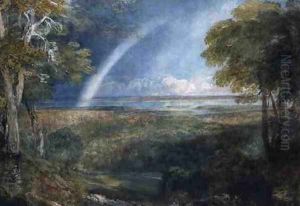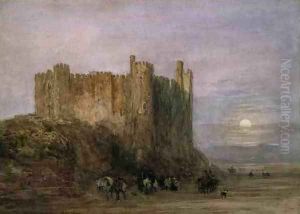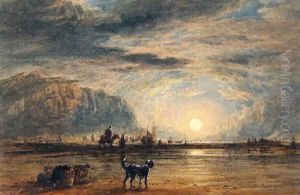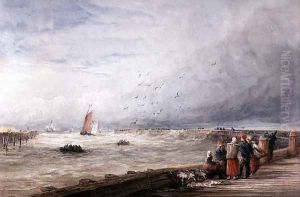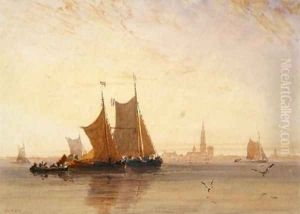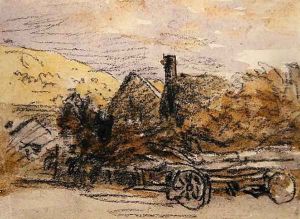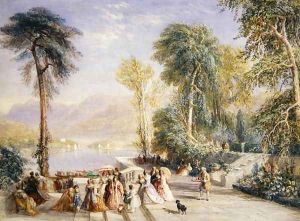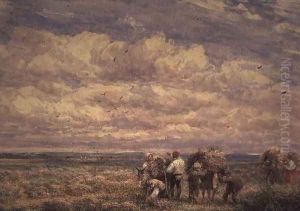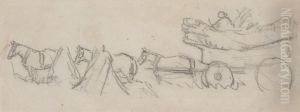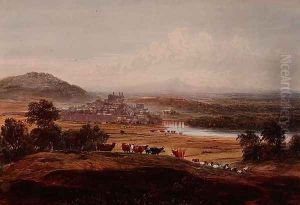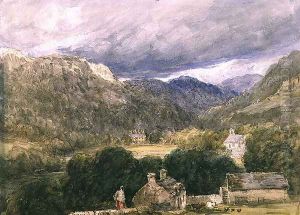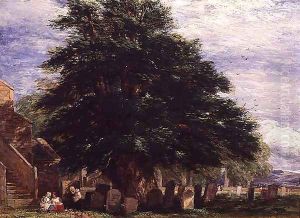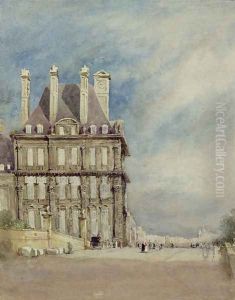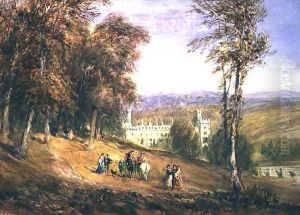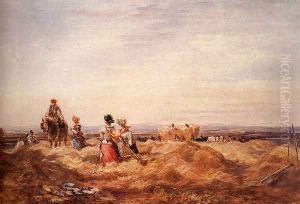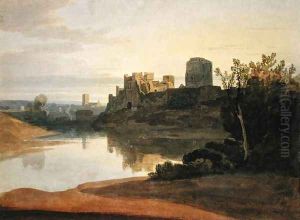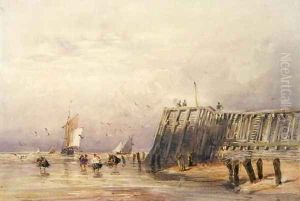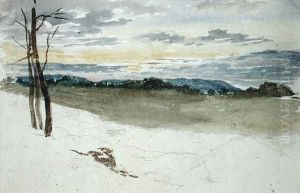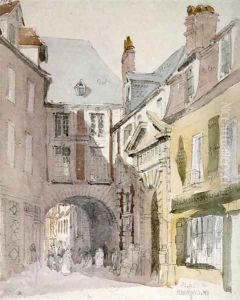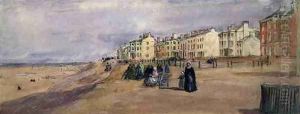David Cox Paintings
David Cox was an English landscape painter, one of the most important members of the Birmingham School of landscape artists and an early precursor to the Impressionist movement. He is considered one of the greatest English landscape painters, and a major figure of the Golden age of British watercolor.
Cox was born on April 29, 1783, in Deritend, Birmingham, England. His father was a blacksmith and whitesmith, which provided Cox with an early exposure to the practical side of life, something that would later influence his work ethic and determination as an artist.
Despite his humble beginnings, Cox showed an early interest in drawing and painting. At the age of 15, he was apprenticed to a miniature painter named Joseph Barber in Birmingham, where he also attended drawing classes at night. He moved to London in 1804, where he worked as a scenery painter for the Pantheon Theatre and the New Theatre (later known as the Royal Opera House).
By 1808, Cox had begun to make a name for himself as a landscape painter, exhibiting at the Royal Academy for the first time. His early works were often topographical in nature, depicting specific locations with great detail. However, as his career progressed, he developed a looser, more expressive style that focused on capturing the mood and atmosphere of a place.
Cox traveled extensively throughout Britain and Europe, drawing inspiration from the varied landscapes he encountered. His trips to Wales and his later travels to France and Belgium were particularly influential. His experiences in Wales led to a series of paintings that celebrated the rugged beauty of the Welsh countryside, which became some of his most popular works.
In addition to his painting, Cox was also a respected teacher. He taught at Miss Croucher’s Academy in Hereford and later opened his own art school in London. His teaching methods and strong advocacy for sketching from nature would influence a generation of young artists.
Throughout his career, Cox struggled with financial difficulties, but his work was eventually recognized by art collectors and the public. His later years were marked by a series of successful exhibitions, and he continued painting until his health declined.
David Cox died on June 7, 1859, in Harborne, Birmingham. His legacy lives on through his artworks, many of which can be found in major art galleries and museums across the United Kingdom. His approach to landscape painting, particularly his dynamic use of color and light, paved the way for future artists and movements, notably the Impressionists, who would explore similar themes in the late 19th century.
